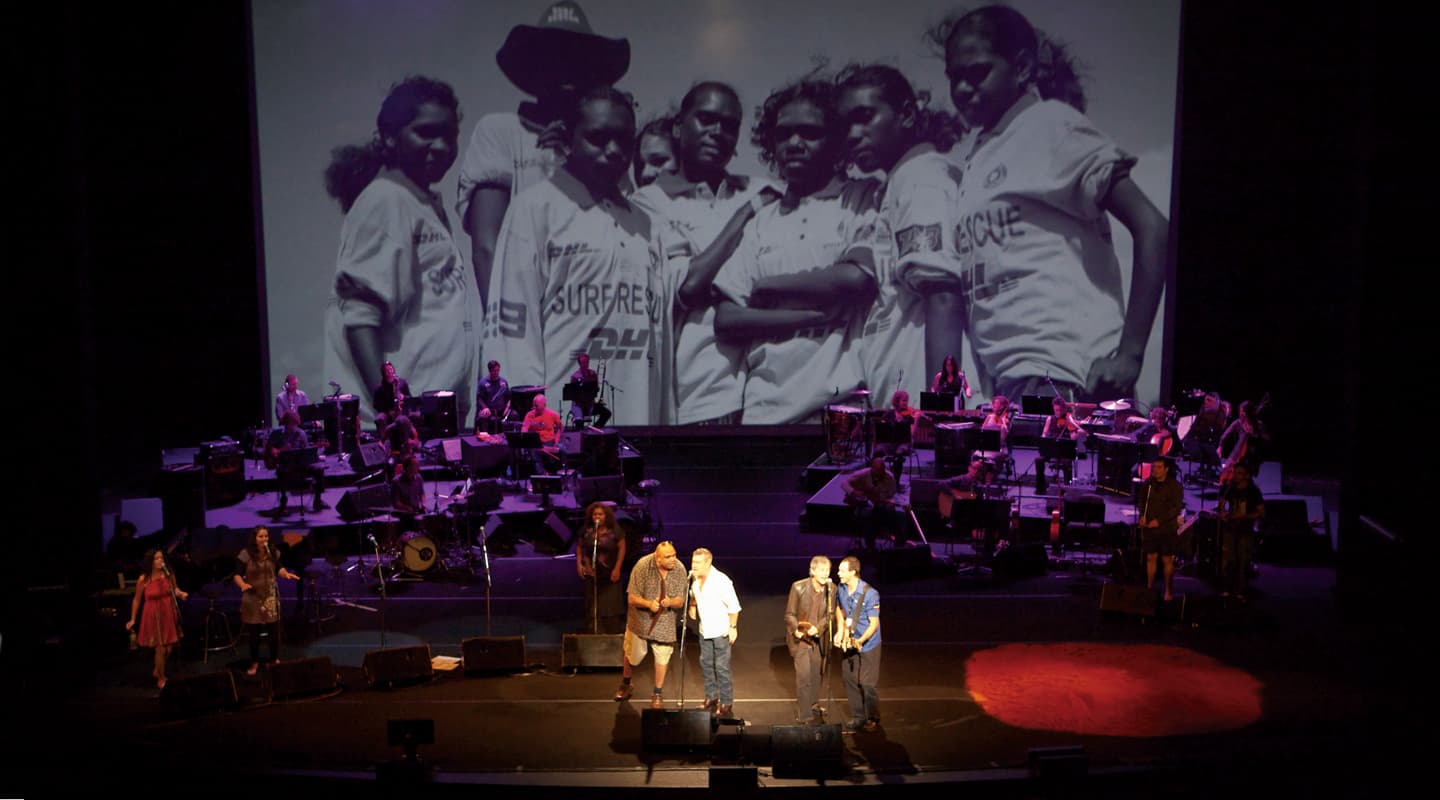
Down ‘n’ Dirty
The Black Arm Band were the big hit of the festival circuit with ‘dirtsong’.
Contemporary indigenous music company, The Black Arm Band, returned to the Melbourne International Arts Festival in October 2009 with a new work produced in collaboration with Alexis Wright, author of the Miles Franklin award-winning novel Carpentaria. ‘dirtsong’ is almost entirely sung and spoken in languages no one in the audience had a hope of understanding. No matter, the production drips with atmosphere and emotion – it’s a heartfelt paean for a culture dying from a thousand cuts… a loss of language, country and culture are all themes explored by ‘dirtsong’.
AV spoke firstly with John O’Donnell, sound designer and production manager, and Graeme Trott from Haycom Staging regarding the significance of the production and technical aspects.
STRIPPED BARE
AV: How did the visual content for the production come together?
JO: We had been touring as part of Black Arm Band with the film company Daybreak Films who had funding to make a documentary on the Black Arm Band. They were also employed to make the visual content for the show, so that content itself is very new and fresh. Each song has its own specific content. A good example is when you have Archie Roach starting a piece. His totem is the eagle, and so there is this beautiful image of an eagle flying in slow motion, with another joining it, all shot in black and white. When this is projected in high definition on a 16m x 9m screen with very minimal lighting it’s very evocative.
AV: Tell us some more about the approach to the visual elements.
JO: We had two main visual elements for the production: the screen and film, and very basic lighting. Downstage on prompt side there was an interesting element: a light box about 1.2sqm with orange gelled fluoros inside. The whole thing was covered with red oxide that looked like sand from the Kimberley. One of the performers, Bunna Lawrie, a dancer from the Nullabor, starts the show in complete darkness and he reveals himself from the sand, and there is this whole imagery of light through the sand both on stage and on screen, so the two really work in together. The whole production is very rich and great to work with. People may talk about a lack of Australian culture, but they just haven’t been looking in the right places.

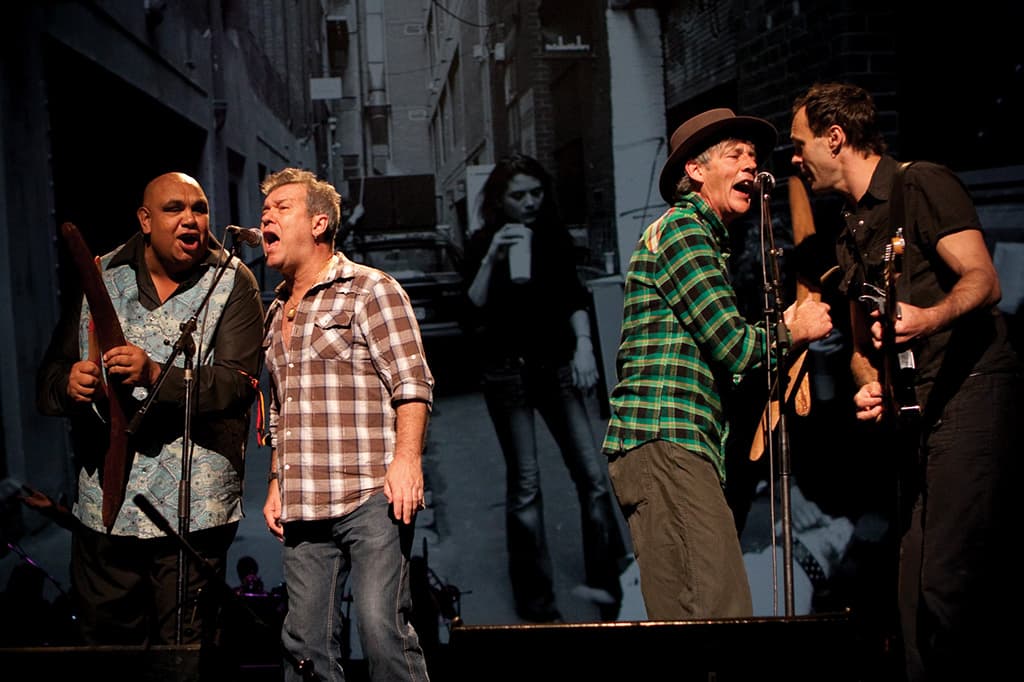
AV: To create this impact, the screen and projection needed to be very bright and large. Graeme, what did you use and how did you achieve this goal?
Graeme Trott: You’re right, it did need to be bright and it needed to have an impact. The images were all shot with this in mind, and were all in 1080p high definition. We projected onto the State Theatre’s rear projection cyc which is 16m x 9m. Our brightest available HD projector was the 12k and the next was the 10k, which in perceived brightness is pretty close, but a single projector was not going to cut it, so we used a fixed focal length 1.1:1 lens and double-stacked a 12k Christie HD12 with a 10k Christie HD10M. We probably achieved about 18 to 20k lumen equivalent brightness on the screen by double-stacking.
AV: Given it was such a large surface, did double-stacking provide any issues in relation to position and distance from your projection surface, especially with two different kinds of lenses?
GT: The initial placement of the projectors is critical – they have to be level and perpendicular to the projection surface – so we used the 12k as the reference point (as it has the fixed focal length lens) to get the right distance for the required image size. We then took the 10k, which uses a short zoom lens and is a bit longer than the fixed lens in the 12k, and sat it physically a little bit behind the 12k. Both being Christies at the same output resolution, the internal test patterns are the same, so you can match it pixel for pixel. If they are level and perpendicular, then you should just lens shift to match the image. However, as the 10k has a zoom lens, there was a bit of back and forth to get it right, but in the scheme of the show itself, it was a pretty seamless setup.
CLEAN FEED
AV: Given the importance of the language and lyrics, how did you approach the sound design?
JO: I had to make what was being sung incredibly clear. I had to make what the audience can’t understand incredibly clear, because there is a certain responsibility. I used an LCR setup. Left and right, I had Meyer MSL4, with a centre cluster of L-Acoustics Kudo. This whole project is about restoring language, so you needed to feel the emotion, but in saying that, it was about mixing for the arrangement, so with the LCR mix, I can get the vocal sections up in the mix without being so loud.
The audio component itself was pretty involved. There were 56 channels of audio off stage, with various percussion, orchestral lines, with reeds and horns, as well as a number of vocals and an interesting bush drum kit where the rack tom was a petrol tank of a motorbike. So I ran an analogue console for front of house, with a separate side console to take care of additional choir channels and instruments that were likely to stay the same throughout the performance.
All monitors were done on the Digico D1, as there were 30 wedges on 20 sends. The nature of the piece is a revolving door, where soloists come on and off stage on a song-by-song basis – so monitors benefited from the snapshot automation. For me out front, it was just one or two channels that really change at any given time and I like the feel of analogue console, so I was comfortable with that option.
Basically the design of the show is very organic – the concept is continuously evolving… a far cry from a stale theatre production.
“”
the production drips with atmosphere and emotion
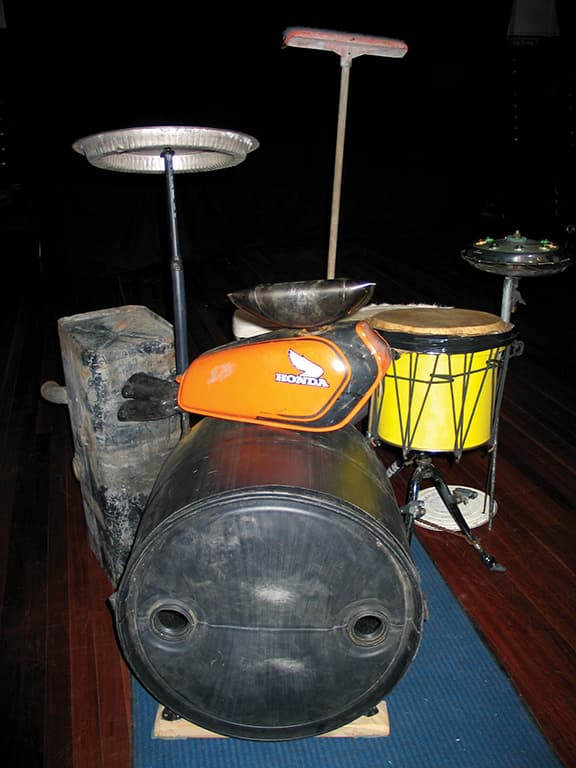
PRODUCTION CREW
Production Management and Sound: John O’Donnell
Stage Management: Brock Brocklesby & PJ Rosas
Design Consultant: Paula Levis
Lighting Designer: Jenny Hector
Screen Visuals: Natasha Gadd & Rhys Graham
Vision Production: Haycom Staging
Project Manager: Graeme Trott
Show Technician: Matt Townend
VISION EQUIPMENT
Christie HD10 , DLP, HD, 10K
ANSI projector with 1.16-1.49:1 lens
Christie HD12 , DLP, HD, 12K
ANSI projector with 1.1:1 lens,
Folsom Screen Pro II HD/SDI 8+2+2:1,
Mixer/Scaler with remote control
Grass Valley Turbo iDDR 1 video record/replay



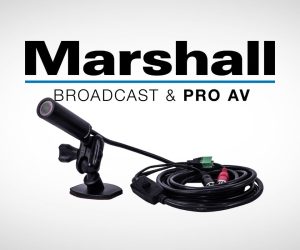
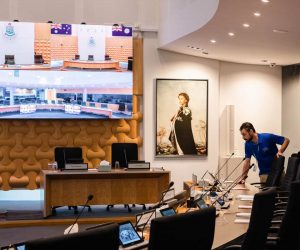

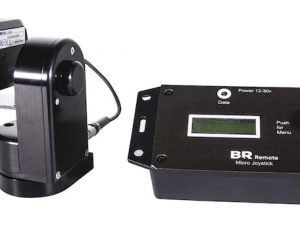
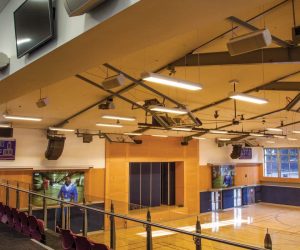
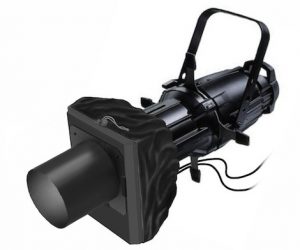

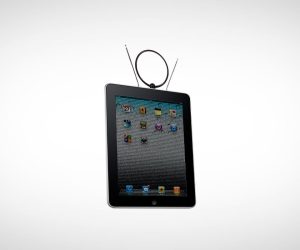
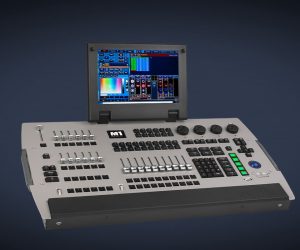
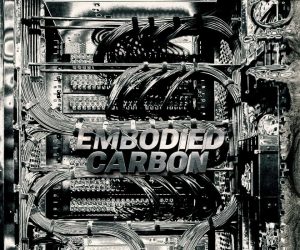


RESPONSES